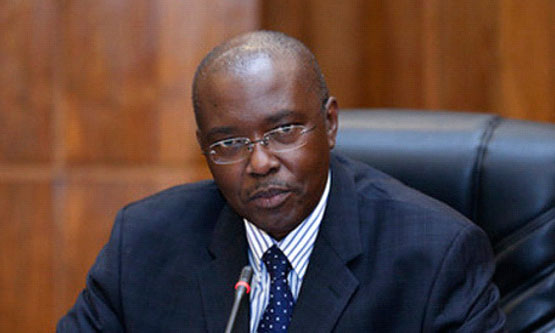Henry Kerali
A RECENT report released by the World Bank has estimated that government will require about GH¢5.5 billion (equivalent to 1.6 per cent of gross domestic product) to solve all challenges relating to microfinance institutions (MFIs), savings and loans institutions (SLs) and finance houses (FHs).
It also recommended the introduction of another resolution bond for the Consolidated Bank Ghana (CBG) to support the closure of two additional banks which took place in January 2019.
The Fourth Ghana Economic Update indicated that some specialised deposit-taking financial institutions (SDIs) were in violation of prudential norms as most were financially distressed in terms of liquidity or solvency challenges.
The World Bank has for that matter supported a resolution agenda for SDIs which follows the implementation of action plans developed by the Bank of Ghana (BoG).
The purpose of the agenda is to mitigate vulnerabilities through phases of approaches that include establishing Financial Sustainability Council and the Deposit Protection Corporation that are to, among other things, assess the vulnerability of financial systems on an ongoing basis.
The implementation of the agenda for SDIs started on May 31, 2019, when the BoG revoked the licences of 347 microfinance companies and 39 micro-credit companies in the country.
Speaking at the launch of the report via video call, a Senior Financial Sector Specialist (co-author), Carlos Vicente, said measures by the BoG would strengthen resilience and stability of the financial system in the medium term.
“It is encouraging to note that authorities are strengthening supervision, including thorough enforcement of prudential standards, implementation of a new capital requirement directive, introduction of risk management and corporate governance,” he said.
According to the Consultative Group to Assist the Poor (CGAP 2015), 58 per cent of Ghanaians had access to formal financial services in 2015, up from 41 per cent in 2010.
In spite of recorded increase in the share of Ghanaians with access to formal financial services, the report indicated that five of the poorest regions in the country which included Upper West, Northern, Volta, Upper East and Brong Ahafo remained least financially.
Other demographics that lagged behind in gaining access to formal financial services included women, rural residence and the poor.
The World Bank has, therefore, recommended a set of actions to improve financial inclusion in the country.
These include digitisation of government and utility payments, linking informal channels with formal financial services, promoting agent banking, improving financial literacy programmes and leveraging data to improve access to finance.
By Issah Mohammed


